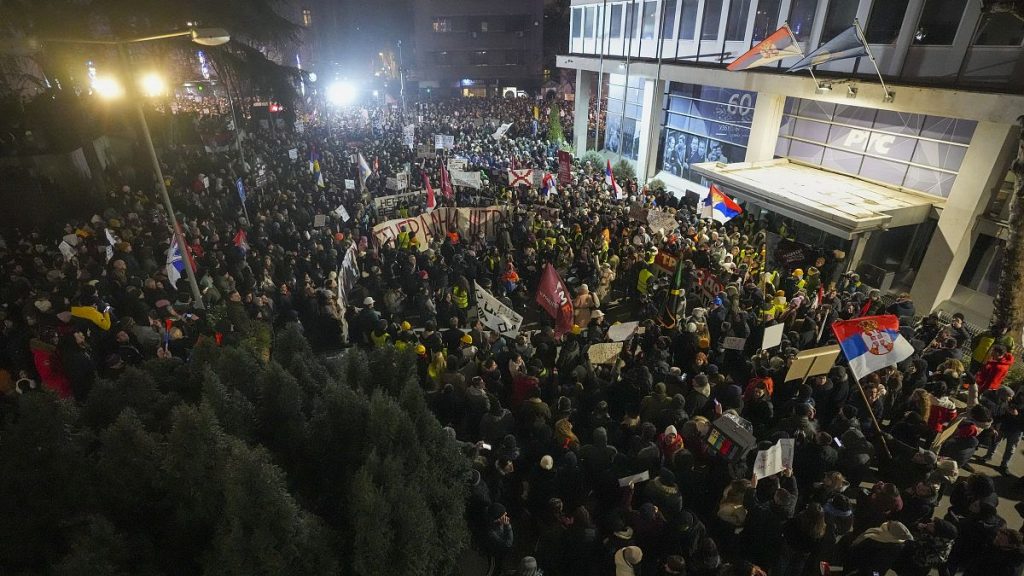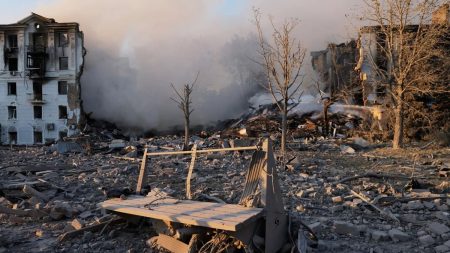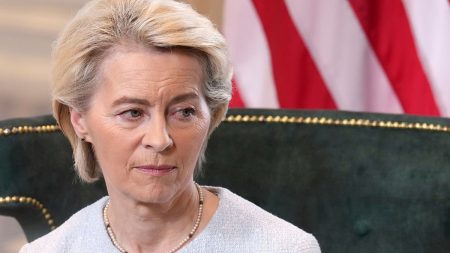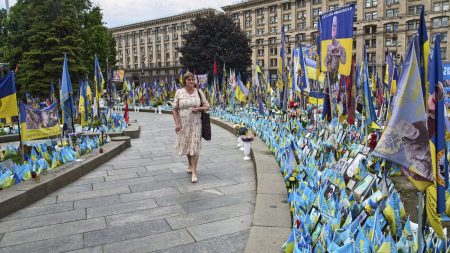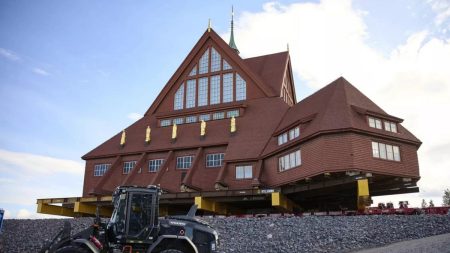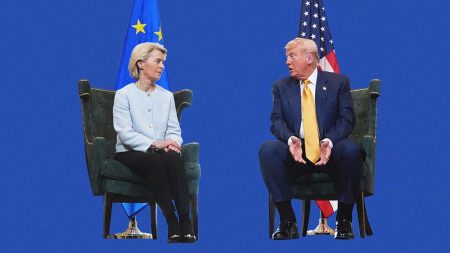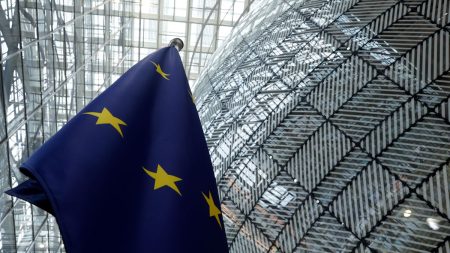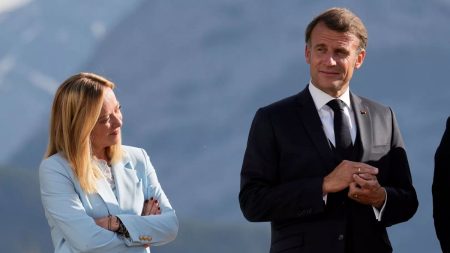The streets of Belgrade, Serbia’s capital, pulsed with dissent as tens of thousands of protesters, led predominantly by university students, converged outside the headquarters of Radio Television of Serbia (RTS), the nation’s state broadcaster. Their collective voice rose against what they perceived as a blatant pro-government bias in the broadcaster’s coverage of recent events, particularly the government’s response to ongoing protests sparked by a tragic railway station accident. This demonstration, one of the largest in recent years, marked a critical juncture in the escalating tension between the government of President Aleksandar Vučić and a growing segment of the population demanding greater accountability and transparency.
The immediate catalyst for this particular protest was the RTS’s reporting of President Vučić’s accusations that the protesters were being manipulated and funded by foreign entities seeking to destabilize his government. This narrative, presented with little to no countervailing perspectives on RTS, further inflamed public sentiment and fueled the accusations of pro-government bias. The protesters, many of whom view RTS as a mouthpiece for the ruling party, saw this as a deliberate attempt to discredit their movement and undermine their legitimate grievances. Their silence, observed for 15 minutes in solemn remembrance of the victims of the Novi Sad railway station canopy collapse, spoke volumes about their disillusionment and anger.
Underlying the immediate outrage over media bias was a deeper well of discontent stemming from the tragic incident at the Novi Sad railway station in November. The collapse of a concrete canopy, resulting in the death of 15 people, brought to the forefront long-simmering concerns about government corruption and its alleged role in the substandard renovation work at the station. This incident, part of a larger infrastructure project involving Chinese state companies, became a symbol of the perceived failures of the Vučić administration, igniting widespread protests across the country.
These protests, initially focused on demanding justice for the victims and accountability for those responsible for the collapse, gradually evolved into a broader expression of dissatisfaction with what many perceive as Vučić’s increasingly authoritarian tendencies. The demands of the protesters broadened to encompass calls for greater democratic freedoms, transparency in government dealings, and an end to the perceived suppression of dissenting voices. The incident at the railway station acted as a catalyst, bringing to the surface a multitude of grievances that had been steadily building beneath the surface of Serbian society.
Further exacerbating tensions was a disturbing incident that occurred on the eve of the protest. A car plowed into a group of demonstrators in Belgrade, leaving a young woman seriously injured. While police detained the driver and charged him with attempted murder, the incident fueled anxieties and raised concerns about the safety of protesters. This, coupled with other reports of intimidation tactics and violence against protesters, cemented the belief among many that the government was actively attempting to suppress dissent through fear and intimidation. The incident added another layer of complexity to an already fraught situation and intensified the calls for de-escalation and dialogue.
The atmosphere of tension extended beyond Belgrade, with similar protests erupting in other cities across Serbia. In Novi Sad, the site of the tragic railway station collapse, a man brandishing a knife threatened protesters, further escalating fears and highlighting the volatile environment. In a separate incident, riot police evicted opposition politicians who had occupied the Novi Sad City Hall in a show of solidarity with the student protesters. President Vučić’s dismissive labeling of these politicians as “hoodlums” and his unwavering assertion that they would never attain power through force only served to deepen the divide and further polarize the nation. This charged rhetoric, coupled with the government’s narrative of foreign interference, created an environment ripe for escalation and further fueled the anxieties of those demanding change.




